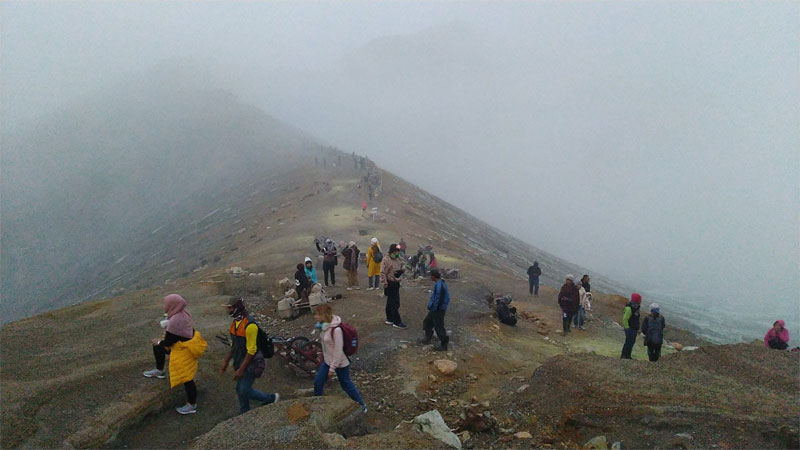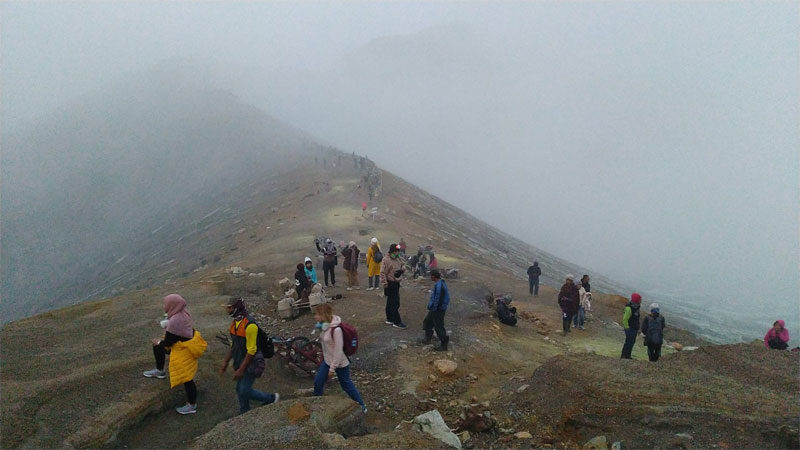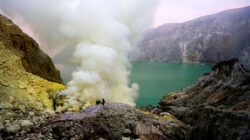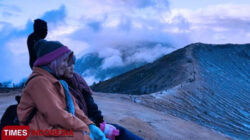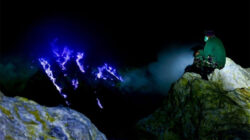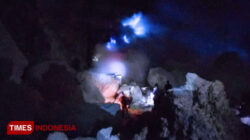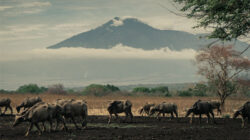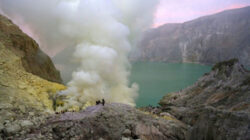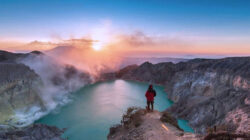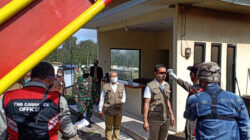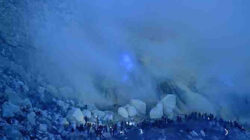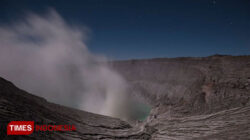BERITAJATIM.COM – Ijen Crater Tourism Park or often called Mount Ijen is located on the border of two regions, namely Banyuwangi and Bondowoso. This mountain has a height 2.386 meters above sea level.
This mountain is famous for the appearance of the phenomenon of blue fire or blue flame. That said, blue flame can only be found in this place and the only one in the world.
The emergence or formation of Ijen Crater comes from Ancient Ijen Mountain around 300 thousand years ago. While Ijen Crater itself was formed around 70 thousand years ago.
“There used to be only one big mountain. The area includes 4 Current district, namely Banyuwangi, Bondowoso, Situbondo and Jember. Ancient Ijen Mountain has a height of approx 3500 meters above sea level,"said the Daily Chair of Geopark Ijen Banyuwangi, Abdillah Baras, Monday (31/1/2022).
Abdillah called, after a massive eruption occurred in 70 thousand years ago, makes Ijen Purba as if it was cut and formed a caldera along 15 kilometer. The ruins, also gave rise to small mountains around it.
Based on a number of geological literature, that super explosive eruption, throw up to about 466 km of dominant volcanic material to the north. The eruption left the magma chamber empty and caused a subsidence to form a caldera depression.
"The ancient eruption of Mount Ijen is no less interesting than the eruption of Mount Toba on Lake Toba". And until finally gave rise to the largest caldera in Java with a diameter of 15 kilometer," he said.
After the explosive eruption of the Ancient Ijen Volcano, the caldera was formed, then several volcanoes appeared.. The amount reached 22 volcano. Scattered on the wall (ring) caldera and in the dried up caldera.
The mountains on the caldera wall include Mount Merapi, Grass, Jampit, Ringgih, Pawenan, and Rante. While those in the caldera include the Wurung Crater mountain, Blau, Papak, Steamer, and Ijen and others.
"Currently, only Ijen Crater is still active. The existence of a mountain means that there is still a heat source in it. So it's like a stove that is still in Ijen Crater. While in other mountains it is not active," he concluded. (rin)
Active Ijen Crater, Abdillah said one of them was the appearance of Blue Flame in Ijen Crater. Blue flame appears due to the pressure of the gas interacting with the sulfur. The release of H2S on the surface with high temperature, cause a fire in blue. So it was nicknamed the blue fire.
“Blue flame appears just like a gas stove. Unlike the oil stove that burns through the capillaries. There is gas from the magmatic system under Ijen so that H2S comes out on the surface with a high temperature then interacts with sulfur causing blue fire," he concluded.
Source : https://beritajatim.com/gaya-hidup/asal-usul-munculnya-kawah-ijen-banyuwangi/
